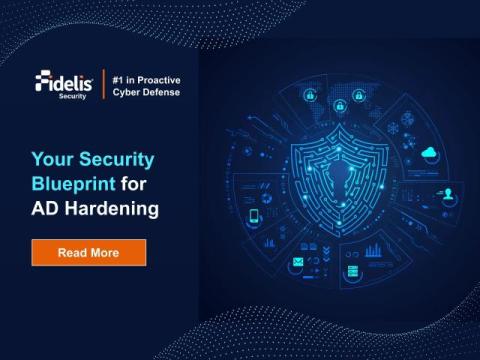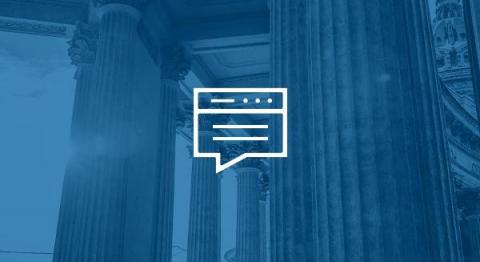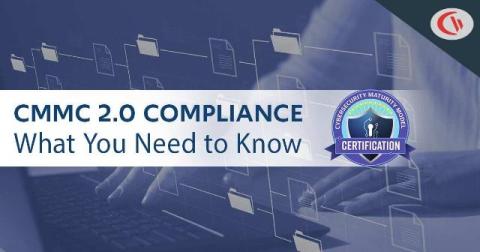What is the KEV Catalog?
With external threats looming as a constant source of potential disruption, multiple government agencies have coordinated to compile a catalog of Known Exploited Vulnerabilities (KEV). The Known Exploited Vulnerabilities Catalog, or KEV catalog, is a database of actively exploited vulnerabilities, including those that have been exploited by ransomware campaigns, that can help application security professionals in the public and private sectors monitor threats and prioritize fixes.











